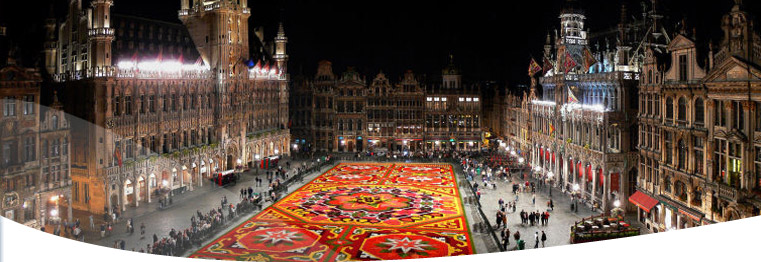|
Much of the city's medieval architecture remains intact and is remarkably well preserved and restored. Its center is the largest carfree area in Belgium.
Ghent established a nice blend between comfort of living and history – it is not a city-museum. The city Ghent houses also three béguinages and numerous churches. The beguinages, as well as the belfry and adjacent cloth hall, were recognized by UNESCO as World Heritage Sites in 1998 and 1999.
We transited Ghent by train on our way to Bruges, stopping in the Gent-Sint-Pieters Station. Even from there, it looked like a gorgeous city, with all the belfry spires piercing the skies.
Would definitely return to this city and visit it properly.
|




